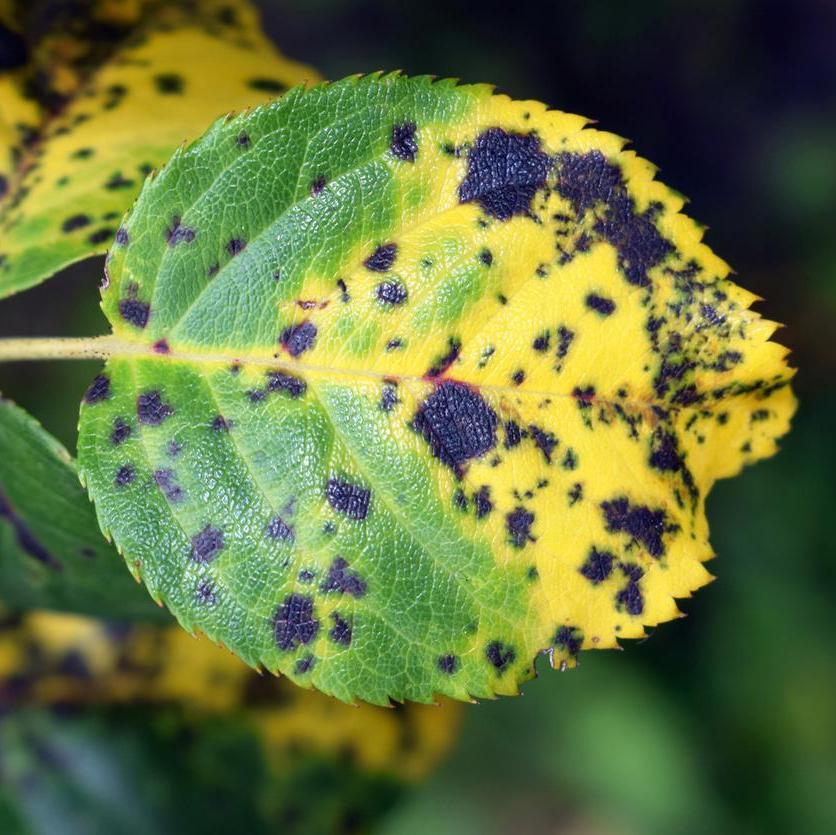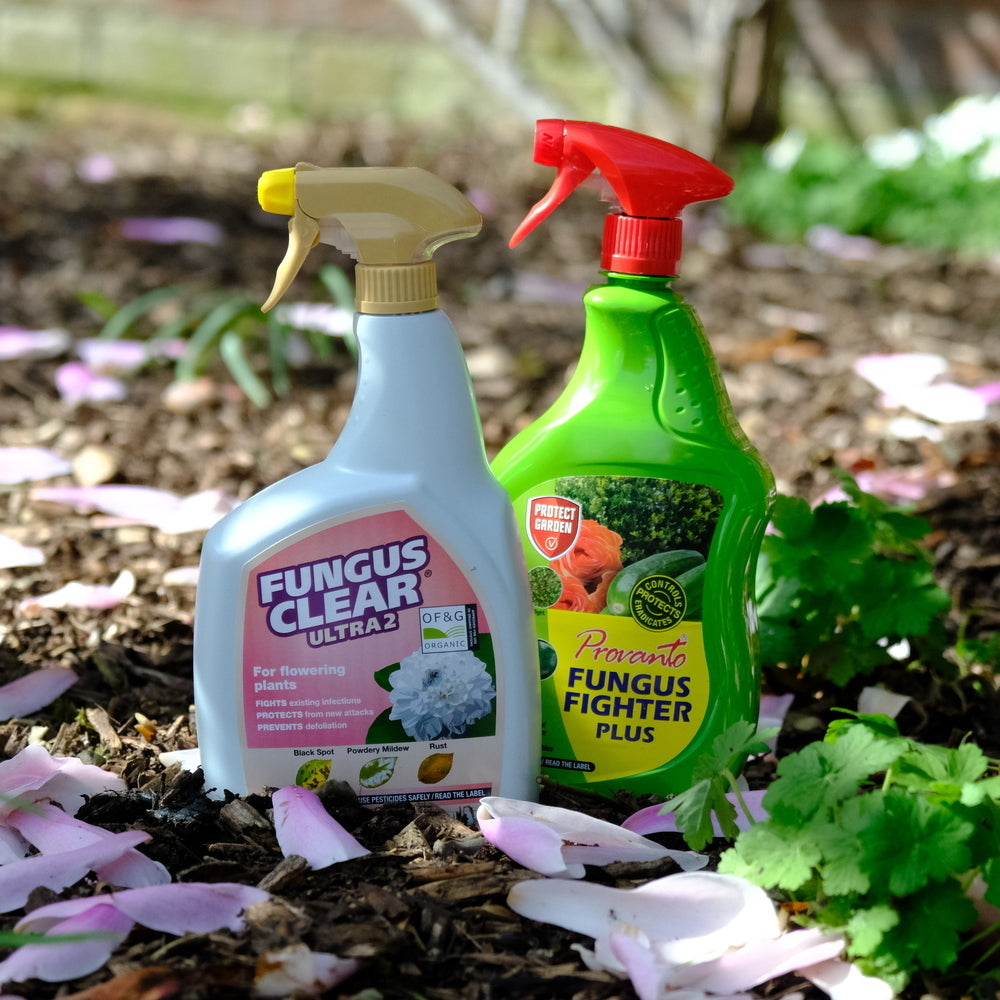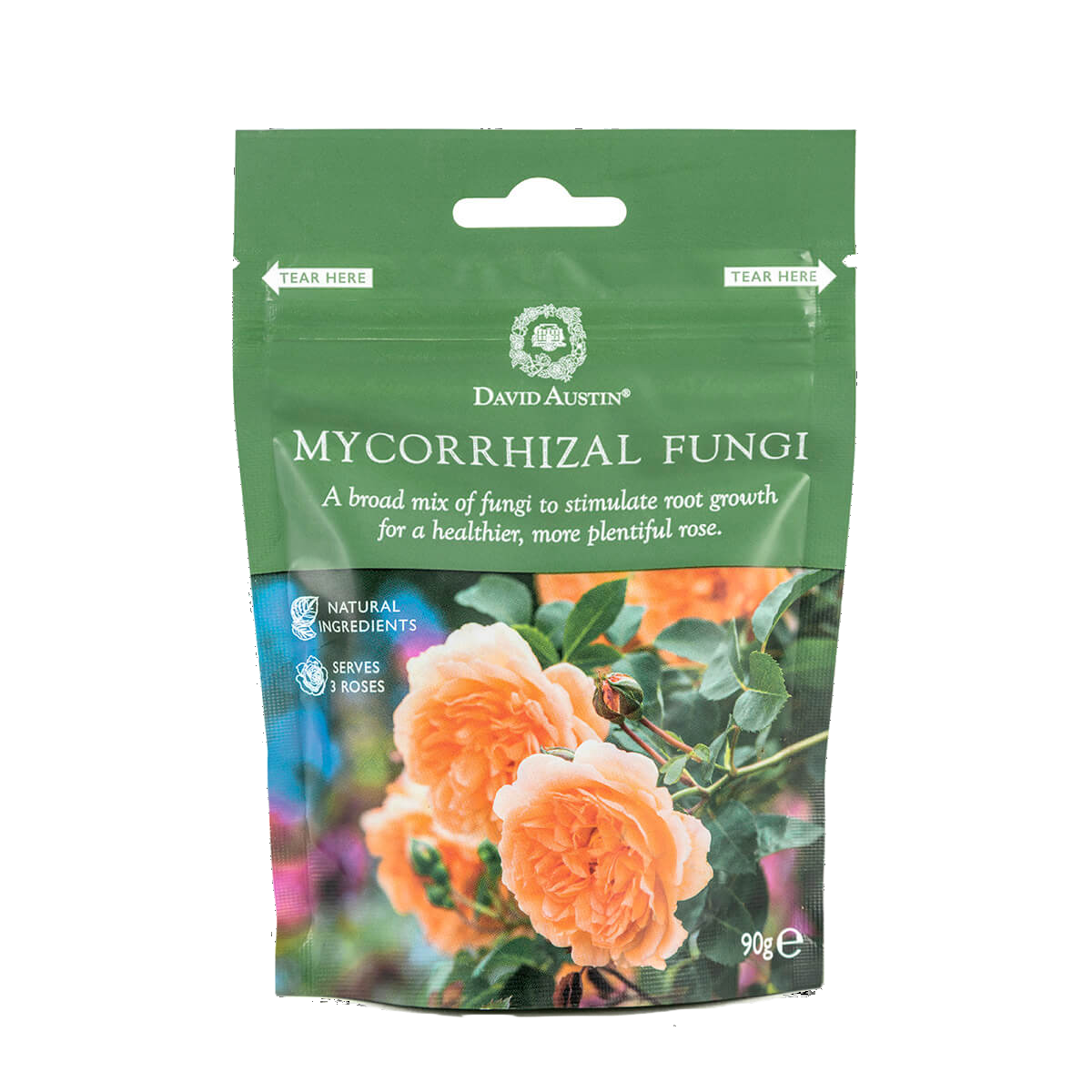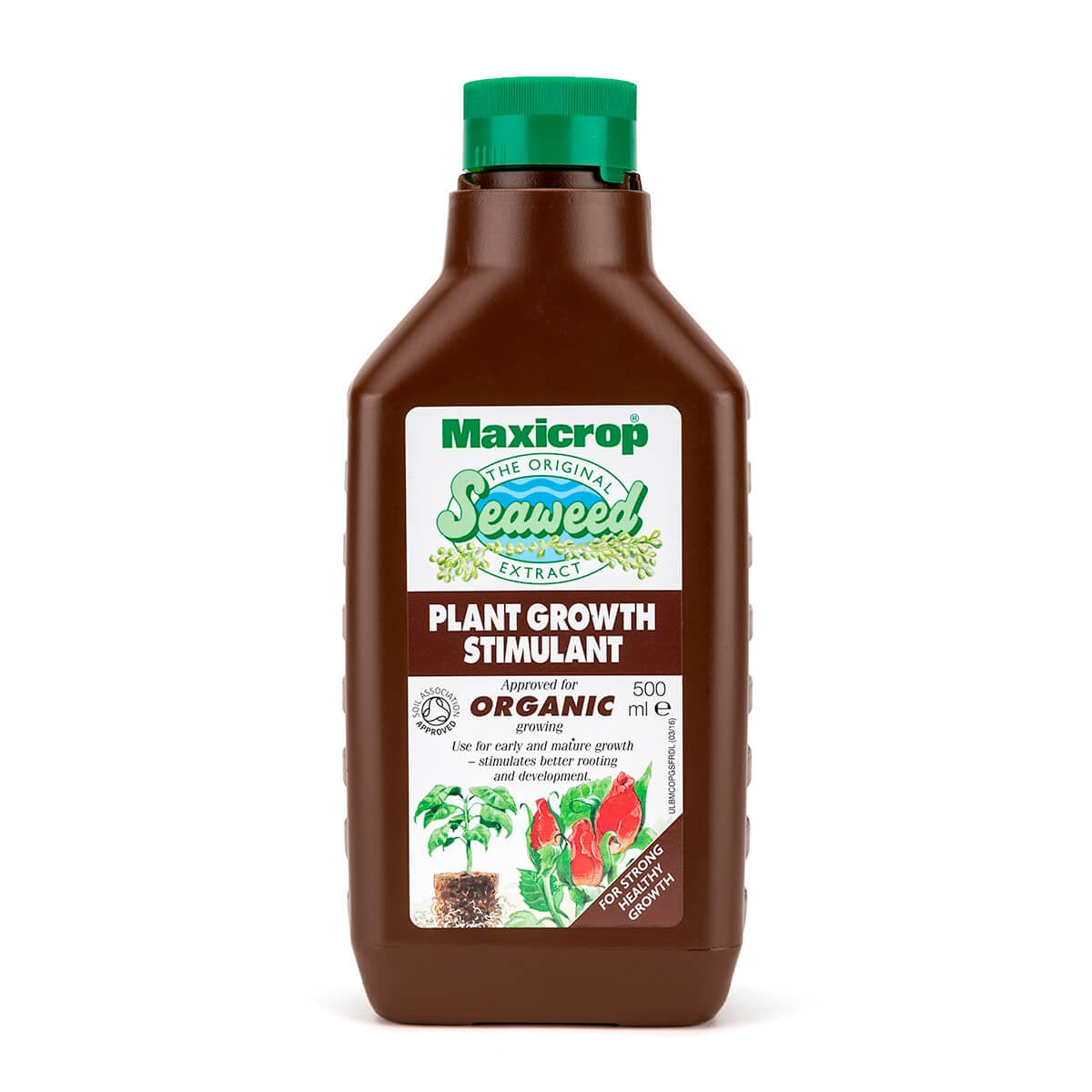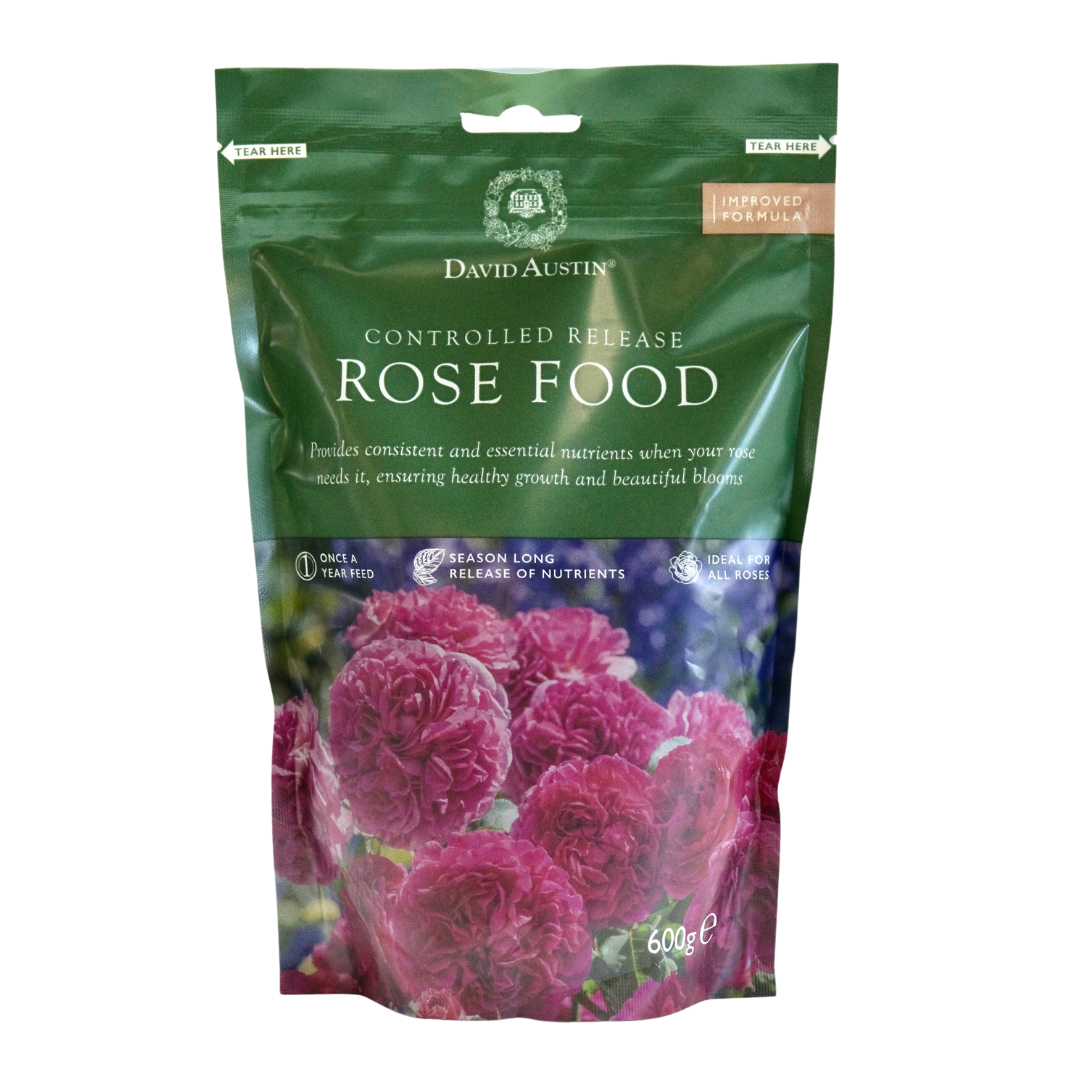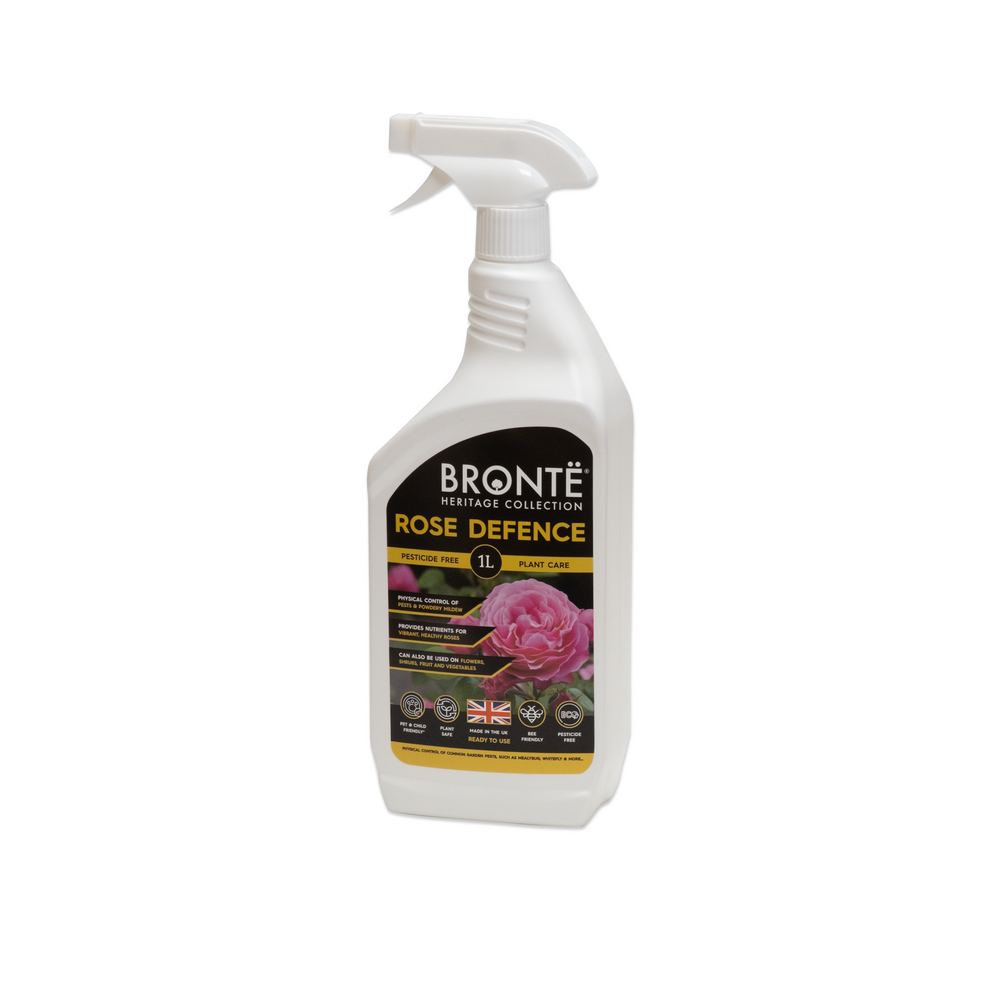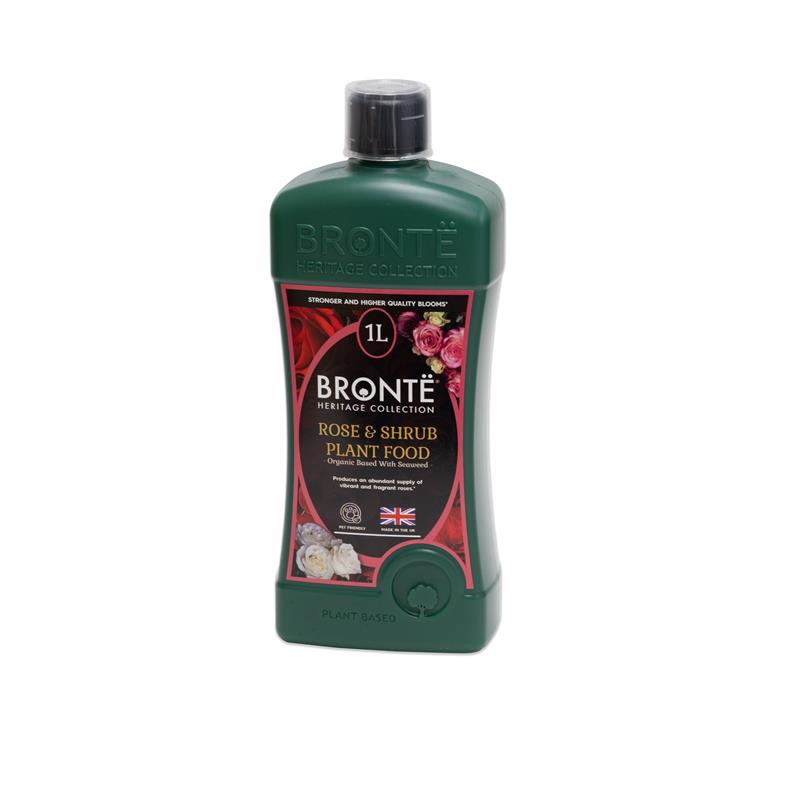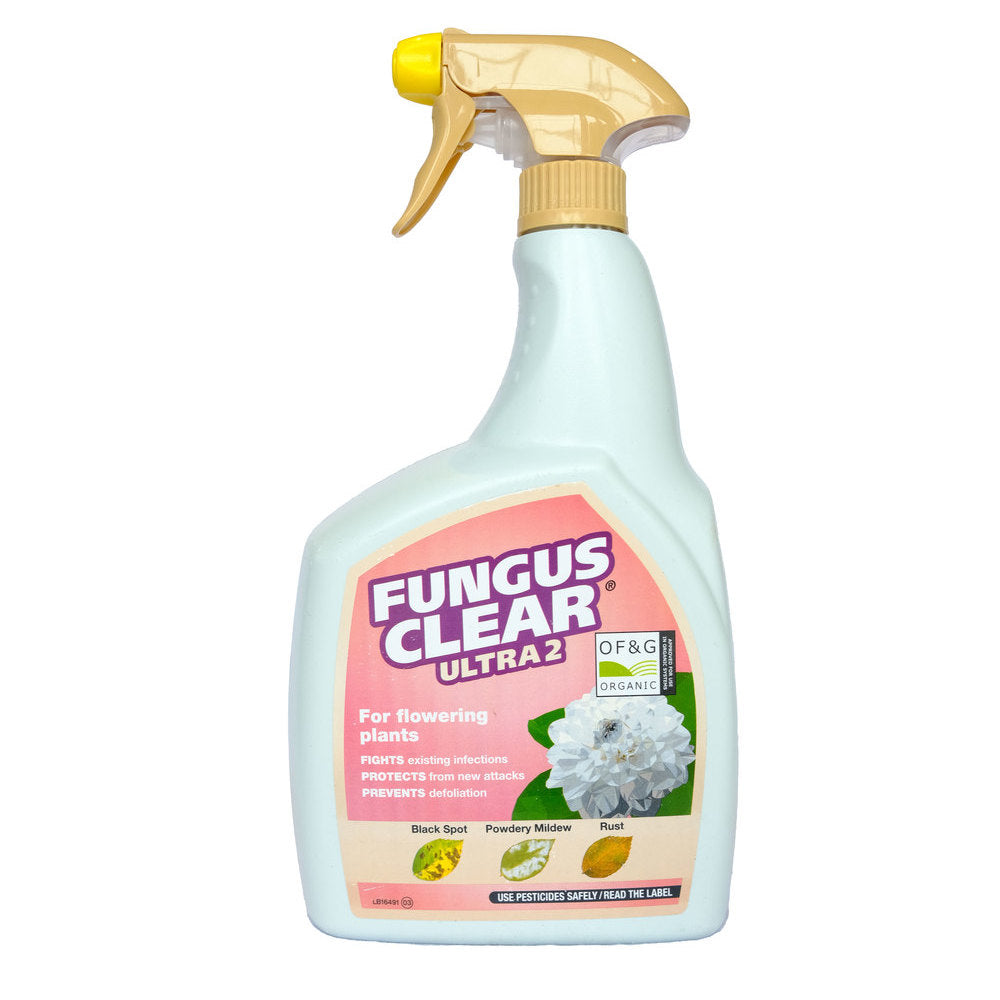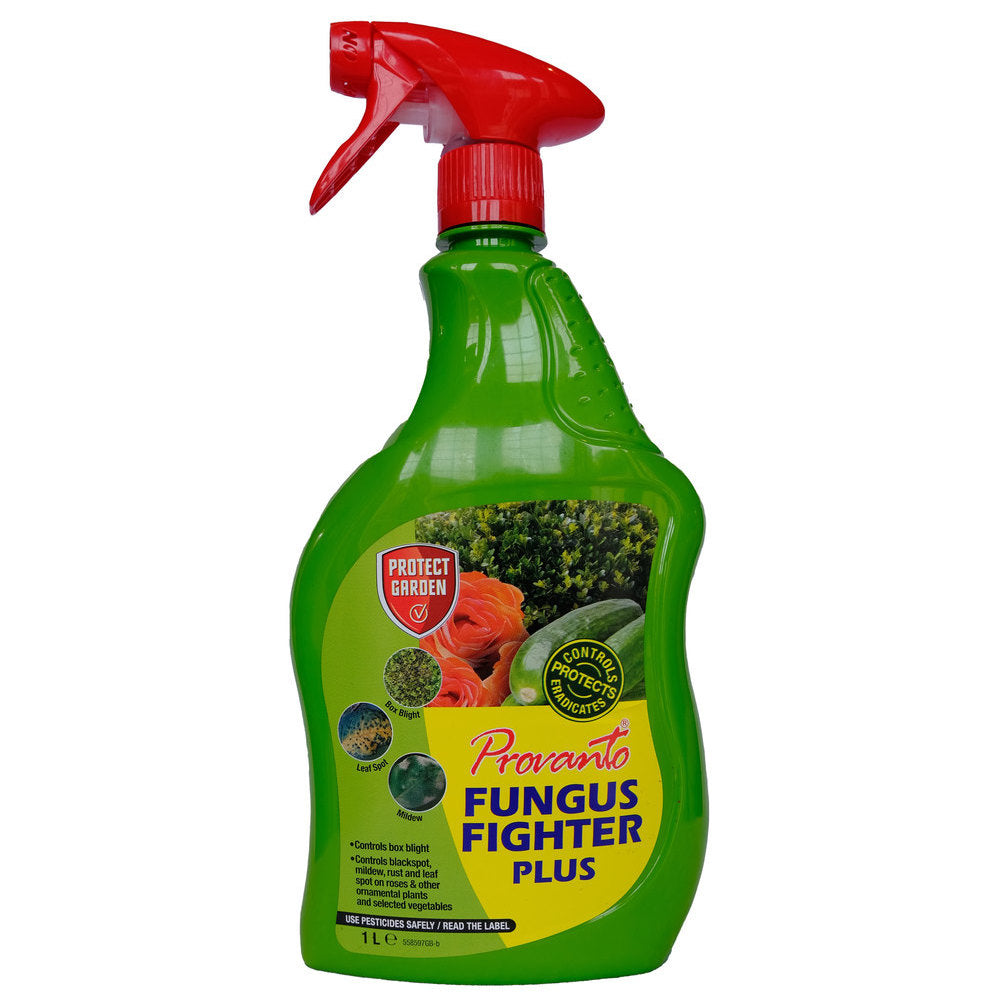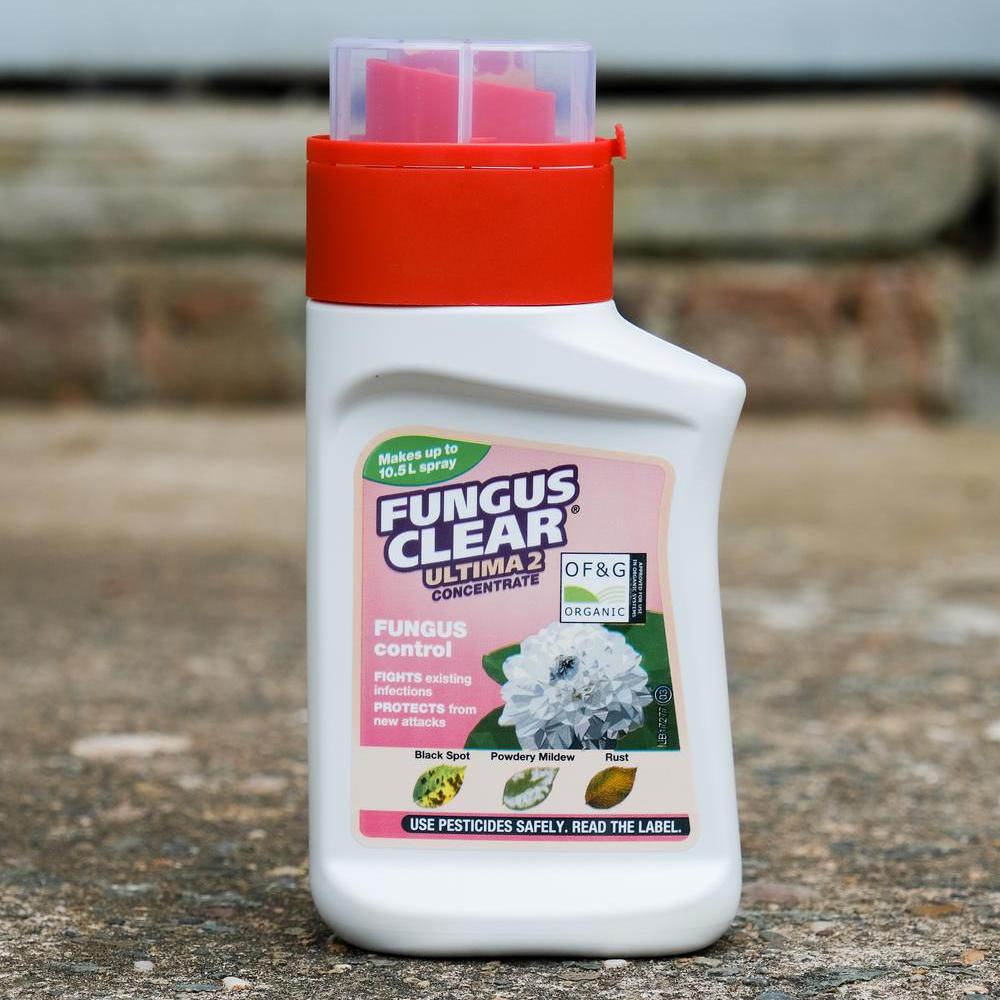The Truth About Blackspot: A Guide to Keeping Your Roses Healthy
If you grow roses, you’ve likely heard about blackspot, that pesky fungal troublemaker that loves to spoil even the most beautiful bushes. It’s one of the most common problems gardeners face, and while it doesn’t kill your roses outright, it can really take the wind out of their sails if left unchecked.
Blackspot first shows up as dark spots on the leaves, black or deep brown, sometimes with a purplish tint. These spots have a somewhat fuzzy edge and often a yellow ring around them. They usually start on the lower leaves, the ones closest to the ground where rain and splash can carry fungal spores from the soil. Over time, these spots grow, sometimes merging into larger blotches that turn the leaves yellow. When this happens, the leaves drop off, and your rose loses much of its leaf area, which it needs to capture sunlight and make food.
Blackspot doesn’t just appear out of nowhere. It overwinters and hides away in fallen leaves and on old stems, waiting patiently for spring. When the weather warms up, especially in damp conditions, the fungus wakes up and infects new growth. It spreads through wind, water, and even on your gardening tools if you’re not careful. And here’s a tip: roses growing too close together or roses with poor airflow give the fungus exactly what it wants - a cosy, moist environment where it can multiply quickly.
While blackspot won’t kill your rose, it does weaken it significantly. With fewer leaves, the plant can’t photosynthesise properly, which means it struggles to grow and flower as well. Weaker plants are more vulnerable to other problems such as heat stress, pests, or other diseases, so it’s wise to keep blackspot under control.
How to Keep Blackspot at Bay
Prevention is the best medicine. First, try to water your roses only at the base. Wet leaves provide a perfect landing pad for spores to germinate and infect. If you have to water overhead, perhaps because of your garden’s setup, do it early in the day so the leaves dry quickly in the sun.
Choosing the right rose can make a world of difference. Some varieties are bred to resist diseases better than others. Planting these disease-resistant types and giving your roses enough space to breathe with plenty of sunlight, helps keep them healthy and less inviting to the fungus. Planting companion plants alongside roses not only adds beauty but also gently increases the space between them, helping to slow the spread of blackspot.
Good nutrition matters, too. Feeding your roses with a balanced, slow-release fertiliser keeps them strong throughout the season. A well-fed rose is a resilient rose. You might also consider foliar feeds, liquid seaweed or rose tonics, which can encourage the plant to regrow lost leaves and maintain vigour, though they aren’t a cure for blackspot.
When blackspot does make an appearance, remove the affected leaves and prune out any infected stems. Be thorough in collecting fallen leaves and old debris, don’t toss them into your compost heap because that just gives the fungus the opportunity to return to your plants next season. Instead, bag them or add them to green waste for disposal.
Winter pruning is your chance to improve air circulation by cutting out old or dead stems, especially in the centre of the bush where air tends to stagnate. After pruning, a good layer of mulch helps suppress any spores lingering in the soil and keeps moisture steady. Compost, leaf mould, or organic soil improvers work well here - aim for around two inches deep.
Remember to disinfect your pruning shears and tools regularly. A quick wipe with methylated spirits or a suitable disinfectant will stop you from spreading the fungus from one plant to another.
When Fungicides Are Truly a Last Resort
Sometimes, despite our best efforts, blackspot can be a stubborn visitor. In such cases, using organic fungicides that contain sulphur can help control the problem. These should be applied at the very first sign of disease and only on dry, calm days for the best effect. There are stronger chemical treatments available, but it’s wise to use them sparingly and with care, always mindful of the wider garden and its delicate balance.
It’s important to understand that spraying won’t completely rid your roses of blackspot during the season. Instead, it slows the disease and helps protect new growth if applied early and regularly. Rotating different fungicides can also reduce the chance of the fungus becoming resistant.
Remember, relying on fungicides should be a last measure, only after good cultural care and prevention have been tried. With patience, gentle care, and thoughtful attention, your roses can remain healthy and radiant, rewarding you with their beauty year after year.











